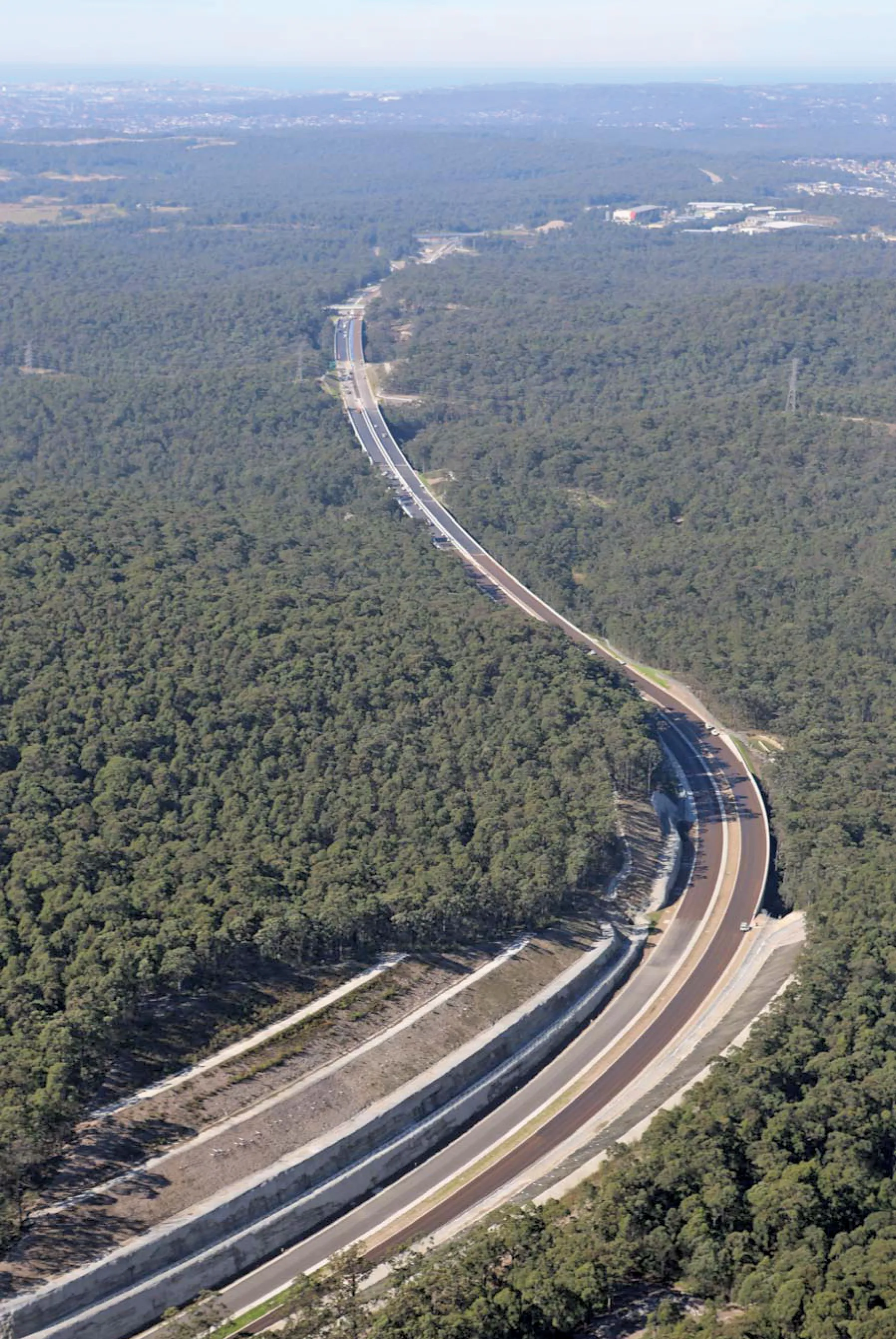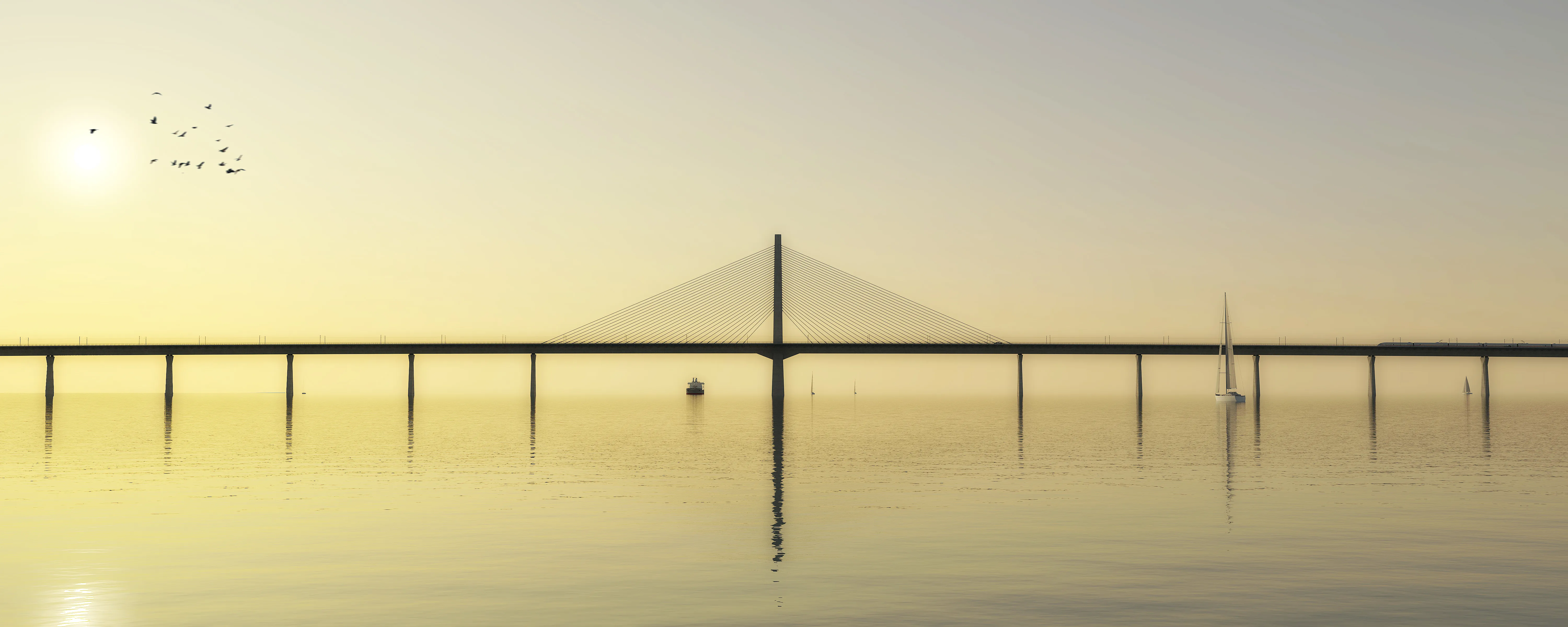The multi-span reinforced concrete viaduct at Torano, about 100km east of the Italian capital Rome, is a major structure on the main E80/A24/A25 Autostrada crossing central Italy. The Viadotto Fiume Salto was opened in the late 1960s, but the use of de-icing salts during winter months has since caused considerable calcium chloride damage to the structure forcing the Italian Highways Authority and the Autostrada di Parchi's owner Toto to carry out extensive repairs. The renovation estimated at around €5 mill
July 4, 2012
Read time: 4 mins

The multi-span reinforced concrete viaduct at Torano, about 100km east of the Italian capital Rome, is a major structure on the main E80/A24/A25 Autostrada crossing central Italy.
The Viadotto Fiume Salto was opened in the late 1960s, but the use of de-icing salts during winter months has since caused considerable calcium chloride damage to the structure forcing the Italian Highways Authority and the Autostrada di Parchi's owner Toto to carry out extensive repairs.
The renovation estimated at around €5 million focused on the piers and main joints in the concrete deck using the high pressure water jetting technique of hydrodemolition to remove the calcium chloride infected concrete.
Specialist hydrodemolition contractor C.P.L. 2000 in joint venture with Edil C.R.R. and Global Klima and working for4921 TOTO, used a 186 Conjet 322 Robot hydrodemolition machine and Conjet Powerpack bought specifically for the repair from Conjet's sole Italian dealer Roald di Codecasa & C.s.n.c based in Milan.
"This is a major bridge repair project and hydrodemolition with the Conjet Robot is the only method of removing the damaged concrete," says C.P.L. 2000 president Angelino Rinaldi. "Using very high pressure jets of water to remove only the poor concrete does not cause any damage to the good concrete left behind and if necessary it also takes away concrete from below the reinforcement, which is also cleaned of any rust. Using breakers would have taken so much longer and also caused damage to the good concrete left behind. Hydrodemolition with the Conjet Robot also has the advantage of producing a very rough surface, which gives a good bond for the new concrete to key onto."
The viaduct carries the busy dual two-lane E80/A24 Autostrada across a narrow valley, the bridge deck being supported on 12 pairs of reinforced concrete hollow piers up to 40m high and spaced at intervals of about 42m across the valley. The individual piers are spaced at about 11m centres and each one is topped with its own transverse crosshead, which in turn supports longitudinal precast concrete beams for each carriageway deck.
The main focus of the hydrodemolition repair was on the octagonal shaped piers and their crossheads where the de-icing salt has leaked down from the deck above. The calcium chloride attack on the concrete was inconsistent with a patchwork of damaged areas over the surface of the 24 piers totalling about 380m2. In many instances the de-icing salt had seeped deep into the concrete and the resulting corrosion of the reinforcement pushed the concrete off and exposed the reinforcing to further corrosion from the elements.
The Conjet 322 Robot, connected to a Conjet Powerpack, delivered clean fresh water at a pressure of about 1,300 bar and flow of 200litres/min to remove concrete generally to a depth of 30mm to 130mm (in some instances 180mm), but the average on the project was between 70mm to 80mm.
Following removal of the concrete from one set of piers the next pair was tackled, while another contractor in the joint venture followed on using to spray steel fibre reinforced concrete on the patches. The entire sequence was repeated on all 12 pairs of piers. C.P.L. 2000 also used hydrodemolition with hand lances to remove the damaged concrete from the main joints on the bridge deck and also directly underneath the longitudinal beams supporting the deck.
Conjet was involved at the early stage of the project and assisted CPL 2000 in selecting the right type of platform they would need on the tall piers. Conjet considered the space the robot would require to work in an unrestricted manner and maintain high production during the concrete removal process. CPL 2000 used three platforms, and after concrete removal with the Conjet Robot they were used for the placement of fresh concrete.
The repaired structure is finished off with a final coating of protective paint to prevent possible future attack from de-icing salt with work being completed at the end of November, 2008.
The Viadotto Fiume Salto was opened in the late 1960s, but the use of de-icing salts during winter months has since caused considerable calcium chloride damage to the structure forcing the Italian Highways Authority and the Autostrada di Parchi's owner Toto to carry out extensive repairs.
The renovation estimated at around €5 million focused on the piers and main joints in the concrete deck using the high pressure water jetting technique of hydrodemolition to remove the calcium chloride infected concrete.
Specialist hydrodemolition contractor C.P.L. 2000 in joint venture with Edil C.R.R. and Global Klima and working for
"This is a major bridge repair project and hydrodemolition with the Conjet Robot is the only method of removing the damaged concrete," says C.P.L. 2000 president Angelino Rinaldi. "Using very high pressure jets of water to remove only the poor concrete does not cause any damage to the good concrete left behind and if necessary it also takes away concrete from below the reinforcement, which is also cleaned of any rust. Using breakers would have taken so much longer and also caused damage to the good concrete left behind. Hydrodemolition with the Conjet Robot also has the advantage of producing a very rough surface, which gives a good bond for the new concrete to key onto."
The viaduct carries the busy dual two-lane E80/A24 Autostrada across a narrow valley, the bridge deck being supported on 12 pairs of reinforced concrete hollow piers up to 40m high and spaced at intervals of about 42m across the valley. The individual piers are spaced at about 11m centres and each one is topped with its own transverse crosshead, which in turn supports longitudinal precast concrete beams for each carriageway deck.
The main focus of the hydrodemolition repair was on the octagonal shaped piers and their crossheads where the de-icing salt has leaked down from the deck above. The calcium chloride attack on the concrete was inconsistent with a patchwork of damaged areas over the surface of the 24 piers totalling about 380m2. In many instances the de-icing salt had seeped deep into the concrete and the resulting corrosion of the reinforcement pushed the concrete off and exposed the reinforcing to further corrosion from the elements.
The Conjet 322 Robot, connected to a Conjet Powerpack, delivered clean fresh water at a pressure of about 1,300 bar and flow of 200litres/min to remove concrete generally to a depth of 30mm to 130mm (in some instances 180mm), but the average on the project was between 70mm to 80mm.
Following removal of the concrete from one set of piers the next pair was tackled, while another contractor in the joint venture followed on using to spray steel fibre reinforced concrete on the patches. The entire sequence was repeated on all 12 pairs of piers. C.P.L. 2000 also used hydrodemolition with hand lances to remove the damaged concrete from the main joints on the bridge deck and also directly underneath the longitudinal beams supporting the deck.
Conjet was involved at the early stage of the project and assisted CPL 2000 in selecting the right type of platform they would need on the tall piers. Conjet considered the space the robot would require to work in an unrestricted manner and maintain high production during the concrete removal process. CPL 2000 used three platforms, and after concrete removal with the Conjet Robot they were used for the placement of fresh concrete.
The repaired structure is finished off with a final coating of protective paint to prevent possible future attack from de-icing salt with work being completed at the end of November, 2008.








